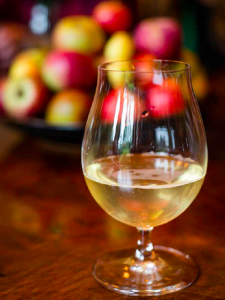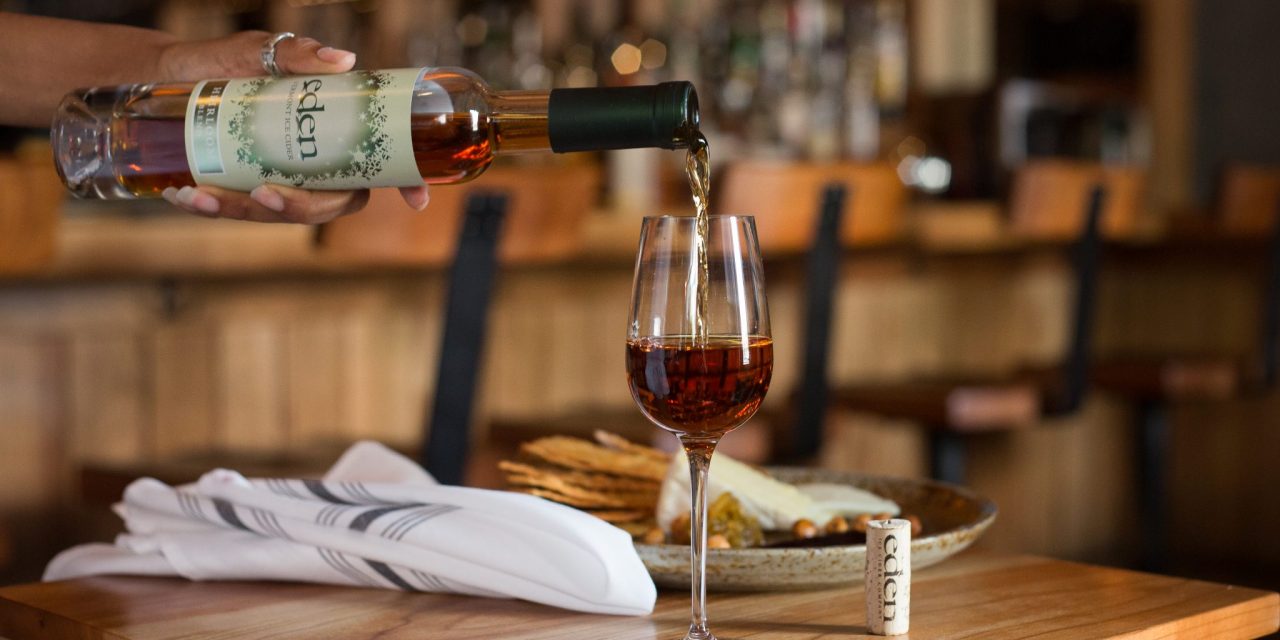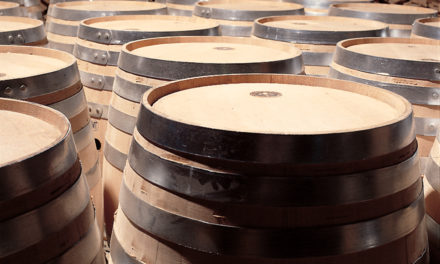 While cider is certainly a growing category in bars and restaurants, it doesn’t yet have the universal availability of beer or wine. To find out how we can remedy this, I reached out to Dan Pucci, former cider director at Wassail in New York City (now founder of Wallabout Hospitality); Mattie Beason, co-owner of Black Twig Cider House in Durham, N.C.; Ambrosia Borowski, front house manager at The Northman in Chicago, Ill.; Jonathan Chambers, beverage director at Capitol Cider in Seattle, Wash.; and Diane Flynt, cider pioneer and owner of Foggy Ridge Cider in Dugspur, Va. Collectively, they’re some of the country’s most enthusiastic supporters of cider on-premise and, with their input, I came up with a list of reasons every beverage professional—whether running a 10-tap tavern or an upscale wine bar with hundreds of bottles on the list—should include ciders in their program.
While cider is certainly a growing category in bars and restaurants, it doesn’t yet have the universal availability of beer or wine. To find out how we can remedy this, I reached out to Dan Pucci, former cider director at Wassail in New York City (now founder of Wallabout Hospitality); Mattie Beason, co-owner of Black Twig Cider House in Durham, N.C.; Ambrosia Borowski, front house manager at The Northman in Chicago, Ill.; Jonathan Chambers, beverage director at Capitol Cider in Seattle, Wash.; and Diane Flynt, cider pioneer and owner of Foggy Ridge Cider in Dugspur, Va. Collectively, they’re some of the country’s most enthusiastic supporters of cider on-premise and, with their input, I came up with a list of reasons every beverage professional—whether running a 10-tap tavern or an upscale wine bar with hundreds of bottles on the list—should include ciders in their program.
Diverse options. Whether a consumer prefers sweet and fruity, ferociously hopped, incredibly dry and delicate, or a full-bodied, slightly yeasty tannin bomb, there are ciders that will appeal to every palate.
Something for everyone. Including cider in your options welcomes a growing portion of the population who enjoys cider as their drink of choice—an important goal for any hospitality business.
Generally moderate ABV. Cider’s lower ABV average offers an opportunity for customers to try one more (or finish that last glass) with a lowered risk of “having one too many.”
Incredible versatility. You can enjoy cider as a stand-alone beverage; you can cook with it; and in cocktails, it can contribute carbonation without dilution, as well as a broad range of flavors.
Flexible shelf life. Many times a great wine isn’t ready to drink for years after bottling, while brewers often want their beers consumed as soon as possible. When a cider is released, it’s ready and delicious, but it can often get even more interesting with a little age.
Food pairing options. Cider pairs with a broad range of cuisine and often works incredibly well with hard-to-pair foods such as artichokes, highly spiced dishes, or pickled items, which can be challenging for beer and/or wine.
Support local producers. Many craft ciders are made by small, regional companies using local apples. In a recent Pennsylvania State University Extension survey, a significant number of cider drinkers said they’d try a new cider simply because it’s local.
Customer engagement. Cider on the menu is a great talking point, and if your staff is well trained and ready to converse about cider, it can be an amazing opportunity for them to show their knowledge, impress patrons, and create a memorable moment.
Palate cleanser. Cider is a marvelous refresher because it often has a great acidic quality that truly cleanses the palate. It can be a great way for customers to refresh their taste buds in the middle of a stout or IPA session (or even a red wine escapade)—something else that helpful, knowledgeable staff can suggest.
Increased revenue potential. Finally, from a strictly business perspective, if one out of every five drinkers prefer cider, you can’t help but increase potential revenue by adding cider to your bar program.
The bottom line
Flynt sums it up well: “What’s the first goal of a beverage list? To satisfy. But most beverage pros aim higher and seek beverages that will ‘surprise and delight.’ Why just offer California Chardonnay and Oregon Pinot Noir when you can pour a cider that will surprise your customers with complex flavor in another form?”











